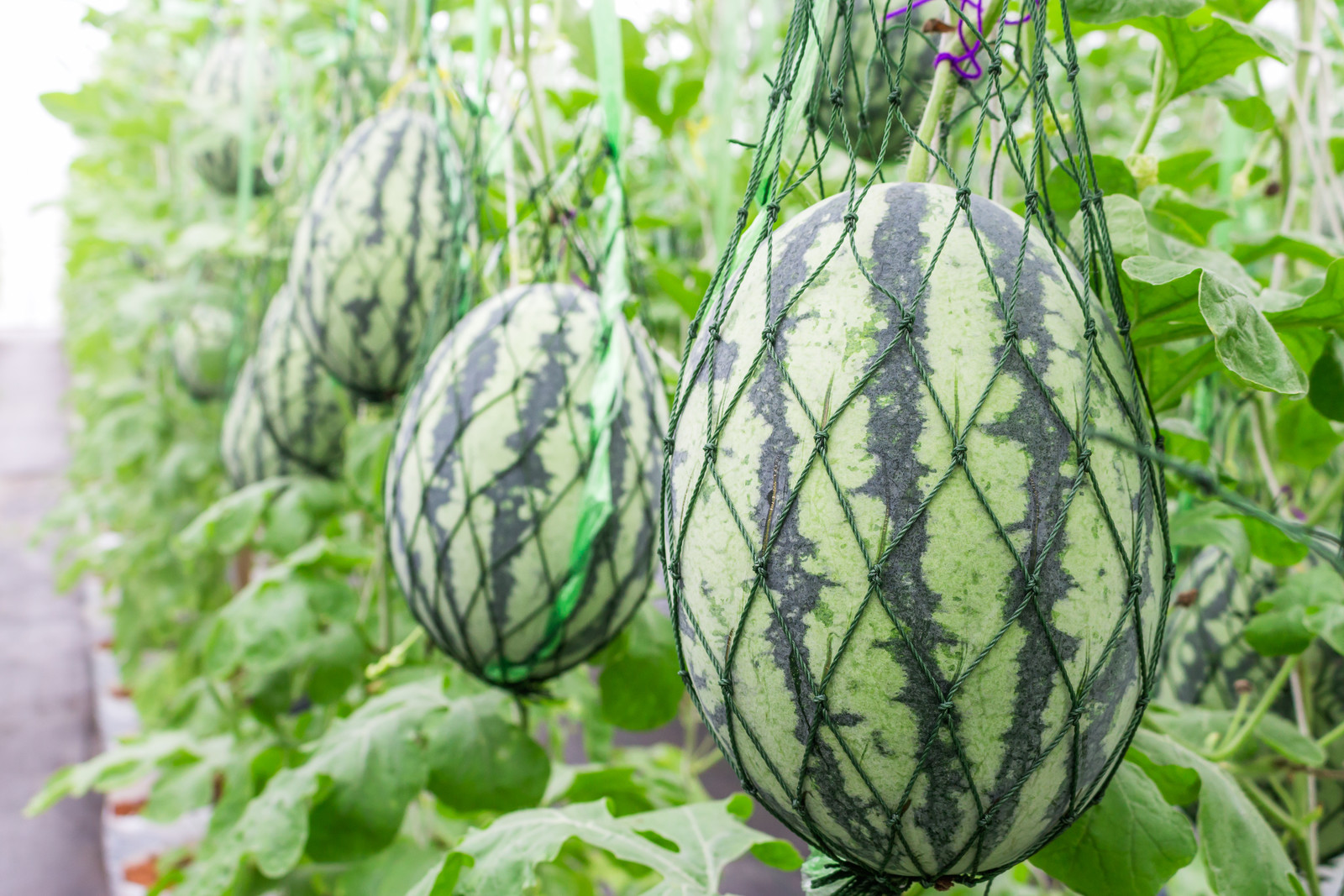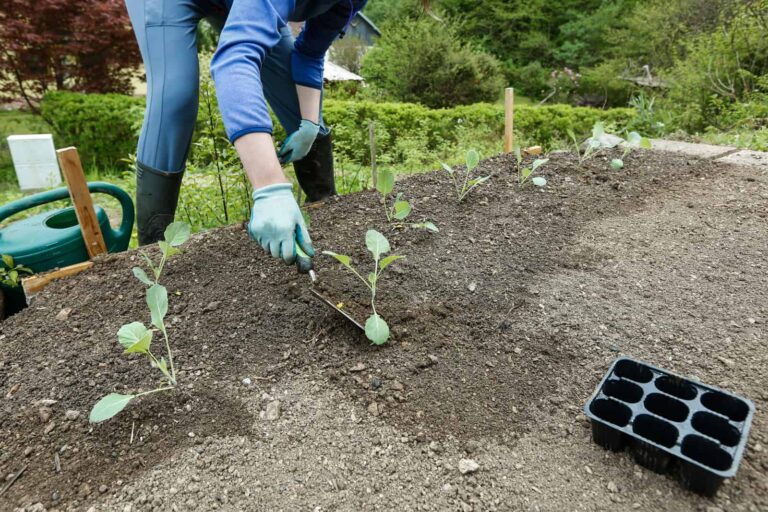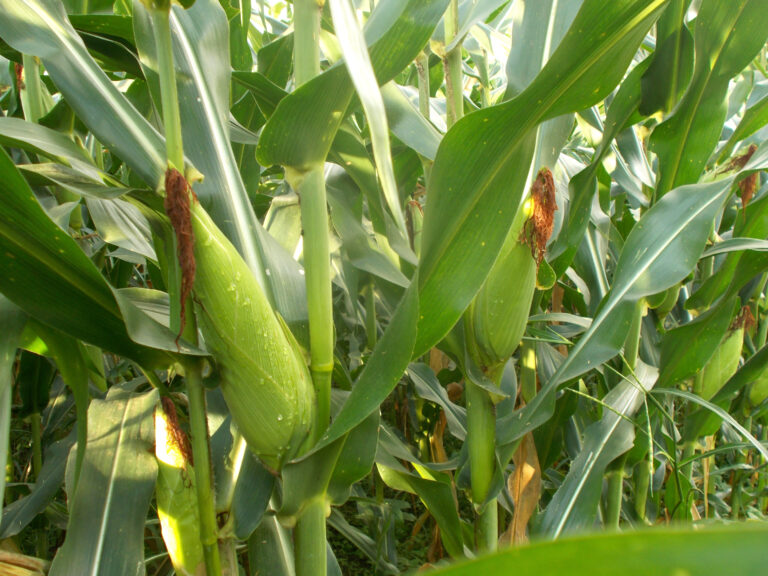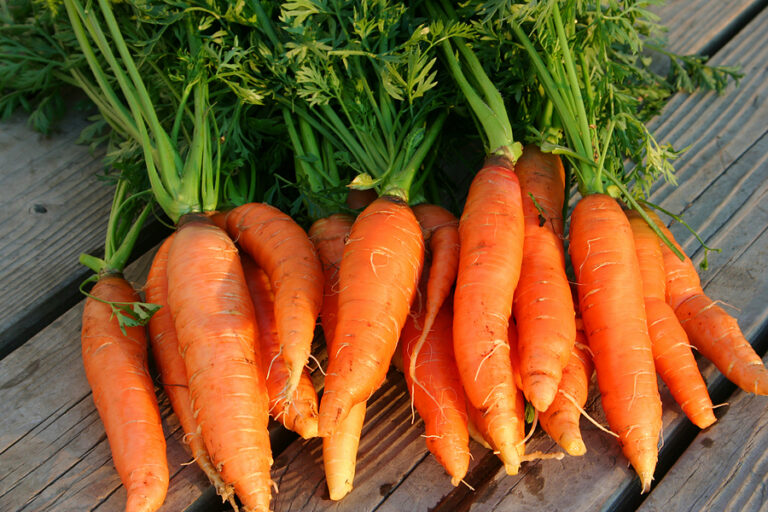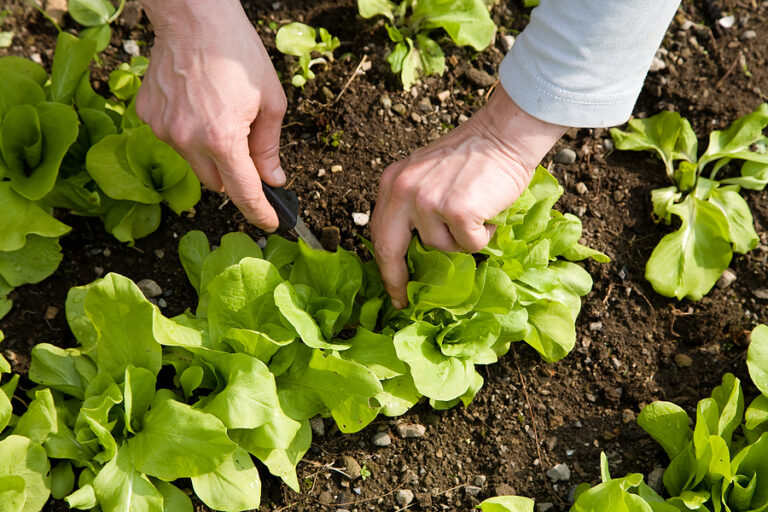Growing Watermelons Vertically: Tips for Small Gardens
Maximize your garden space and harvest sweet melons from sturdy trellises.
Over the years of growing watermelons in both wide-open raised beds and compact backyard spaces, I’ve found that vertical growing is a game-changer for small gardens. While watermelons are naturally sprawling plants, with the right support and care, they can be trained to grow up instead of out—saving precious ground space and improving airflow and fruit quality.
Can Watermelons Really Grow on a Trellis?
Yes—many gardeners are surprised to learn that even watermelons, which produce hefty fruits, can grow vertically. The key is to choose smaller-fruited or short-vine watermelon varieties (like ‘Sugar Baby’ or ‘Bush Jubilee’) and to use a strong, well-anchored support system.
In my experience, trellising watermelons reduces problems like ground rot, pest damage, and poor air circulation. It also makes harvesting easier and can produce cleaner, healthier melons.
Choose a Strong Trellis
Use a trellis that is at least 8 feet wide and 6 to 8 feet tall (2.4 m x 2–2.5 m), made from sturdy materials like galvanized steel mesh, livestock panels, or heavy-duty wooden slats. A-frame trellises work especially well in compact beds—they’re easy to assemble and naturally stable when both sides are securely anchored and tied at the top.
Tip from my garden: Always anchor your trellis deeply—at least 12 inches (30 cm) into the ground or fasten it to a solid fence or wall. Wind and heavy fruit can test even the best setup.
How to Plant and Train Watermelon Vertically
Plant watermelon seedlings 3 to 4 feet (0.9–1.2 m) apart at the base of the trellis. As the vines begin to grow, gently guide them toward the support and loosely tie them using elastic garden tape, cloth strips, or soft twine. Avoid anything that might cut into the vines as they expand.
Check the vines every few days during early growth and continue training them up the trellis. This early investment of time pays off later with a more organized, productive plant.
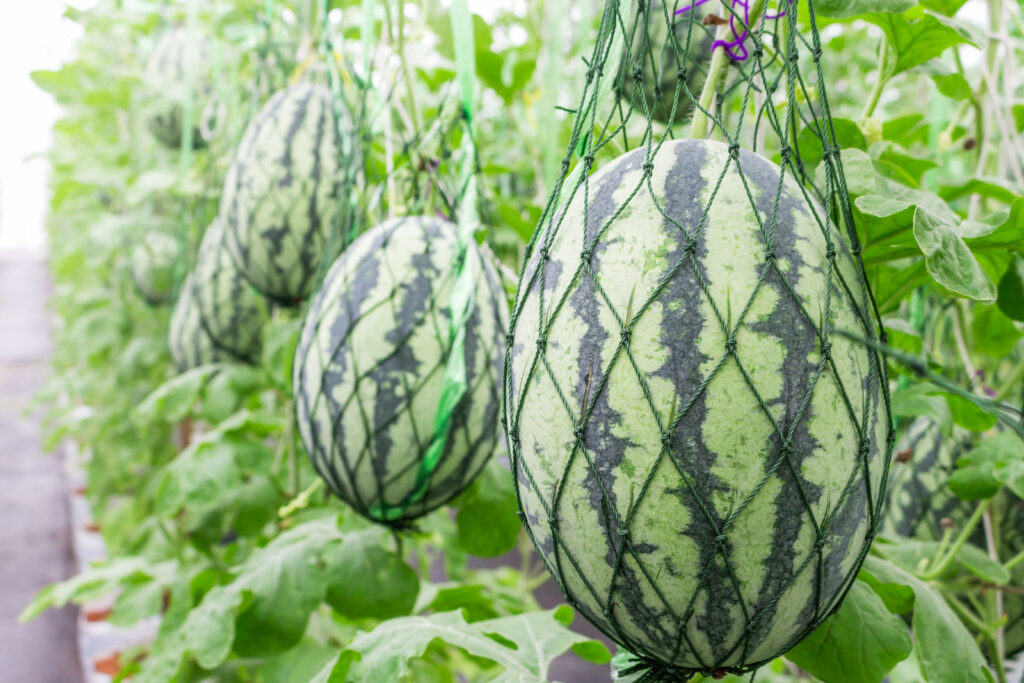
Sling Your Fruit: Supporting Vertical Melons
The biggest concern gardeners have is fruit support—and rightly so. A growing watermelon can weigh 5 to 15 pounds (2.2–6.8 kg), depending on the variety.
To support fruit on the vine, use flexible nylon netting, old T-shirts, mesh produce bags, or even pantyhose to create slings. Tie the slings securely to the trellis, cradling each fruit as it grows. This prevents stress on the vine and helps avoid premature breakage.
Pro tip: Start supporting fruit when they are the size of a softball. Waiting too long may risk damage.
Best Watermelon Varieties for Trellises
From my experience, these smaller or bush-type watermelons perform best on vertical supports:
- Sugar Baby – Compact vines, 8–10 lb fruits, sweet red flesh.
- Bush Sugar Baby – Even more compact, ideal for containers or very small spaces.
- Golden Midget – Small, round, yellow-skinned fruit, matures in just 70 days.
- Mini Love – Crisp, seedless, and about 6–7 lbs at harvest.
Final Thoughts
Growing watermelons vertically isn’t just possible—it’s practical for anyone with limited space. With the right trellis, proper training, and good fruit support, you can enjoy juicy, homegrown melons even in the smallest urban or backyard gardens.
Watermelons Overview Post:
How to Grow Watermelons from Seed to Harvest: Ultimate Guide for Sweet, Juicy Success
Melons Overview: The Ultimate Guide to Growing Melons: From Planting to Harvest
Related Posts:
Starting Watermelons Right
- When and How to Start Watermelons: A Seed-Starting Guide
- Watermelon Temperature Needs: Warmth, Frost, and Growth Milestones
- Soil Prep and Mulching Tips for Healthy Watermelons
Planting & Space Planning
- How Much Space Do Watermelons Need?
- Growing Watermelons in Containers: Tips for Small Gardens
- Growing Watermelons Vertically: Tips for Small Gardens
- Companion Planting for Watermelons: What Works and What Doesn’t
Watermelon Care Through the Season
- Caring for Watermelon Plants Through the Season
- Watering Watermelons: How Much and How Often
- How to Feed Watermelons: Fertilizer Schedules and Organic Options
- Watermelon Pollination Tips: Helping Watermelons Set Fruit
Dealing with Pests and Diseases
Knowing When to Harvest
Choosing the Right Varieties
- Watermelon Varieties by Size: From Personal Melons to Giants
- Top Watermelon Varieties for Short Growing Seasons
- Best Long Vine Watermelons for Large Gardens
- Best Watermelon Varieties for Small Spaces (Bush & Short Vines)
- How to Grow Seedless Watermelons Successfully
Enjoying the Harvest

